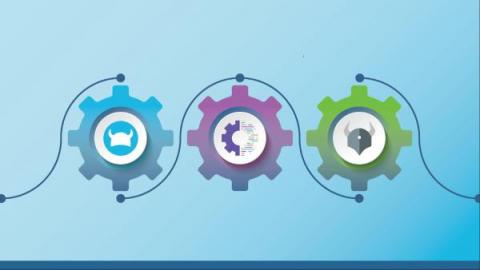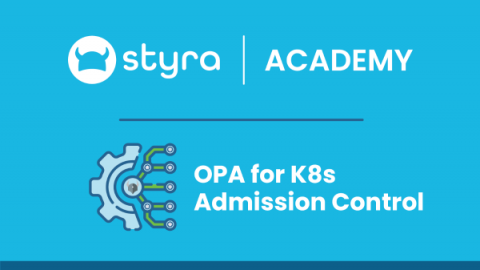Accelerating Secure Infrastructure Automation with Red Hat Ansible Automation Platform and Styra DAS
I’m excited to announce the launch of Styra Declarative Authorization Service (DAS) and Open Policy Agent (OPA) as a Red Hat Ansible Certified Content Collection. Teams can now automate infrastructure deployments with the right guardrails in place to enable security-enhanced operations and align with regulatory compliance.











